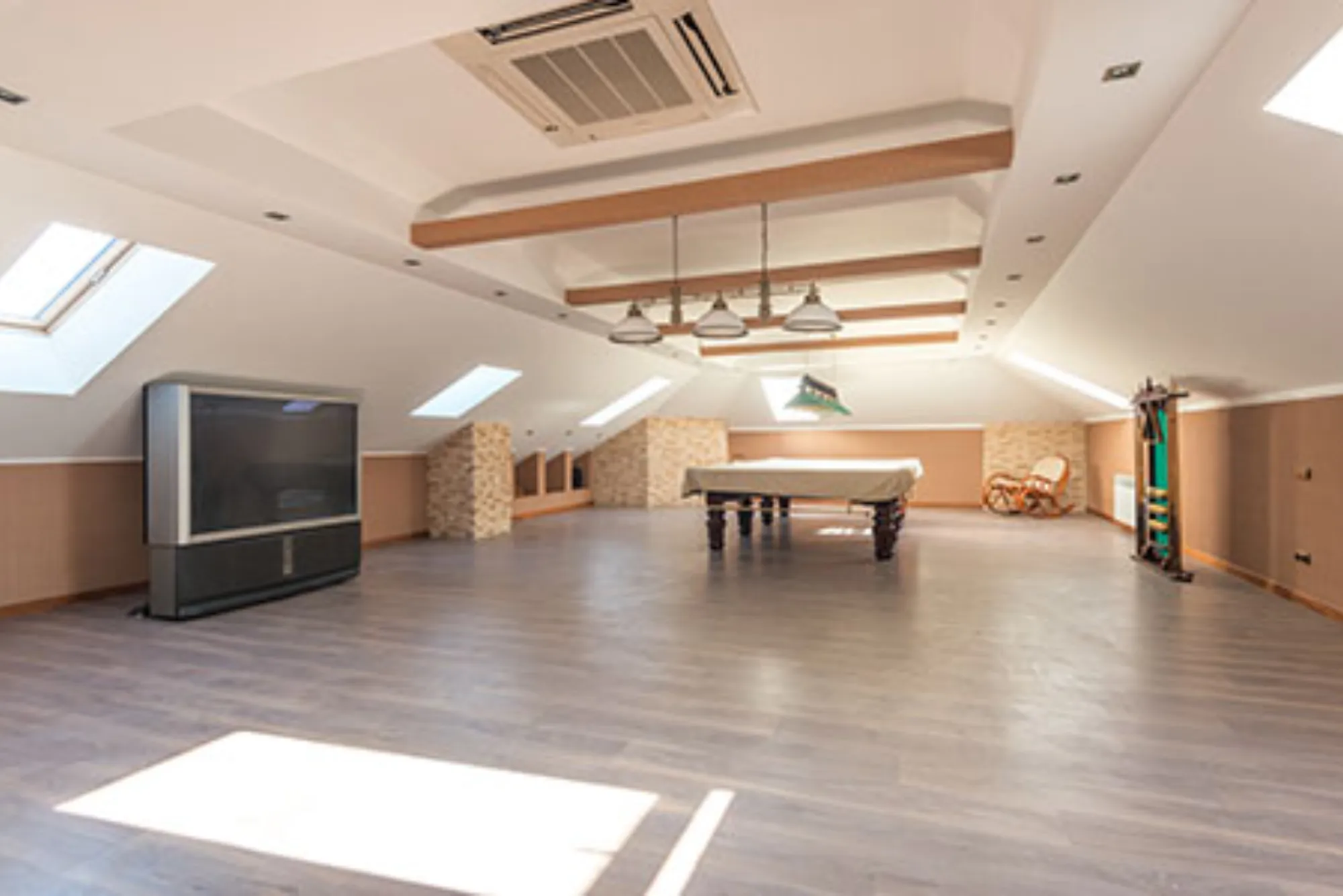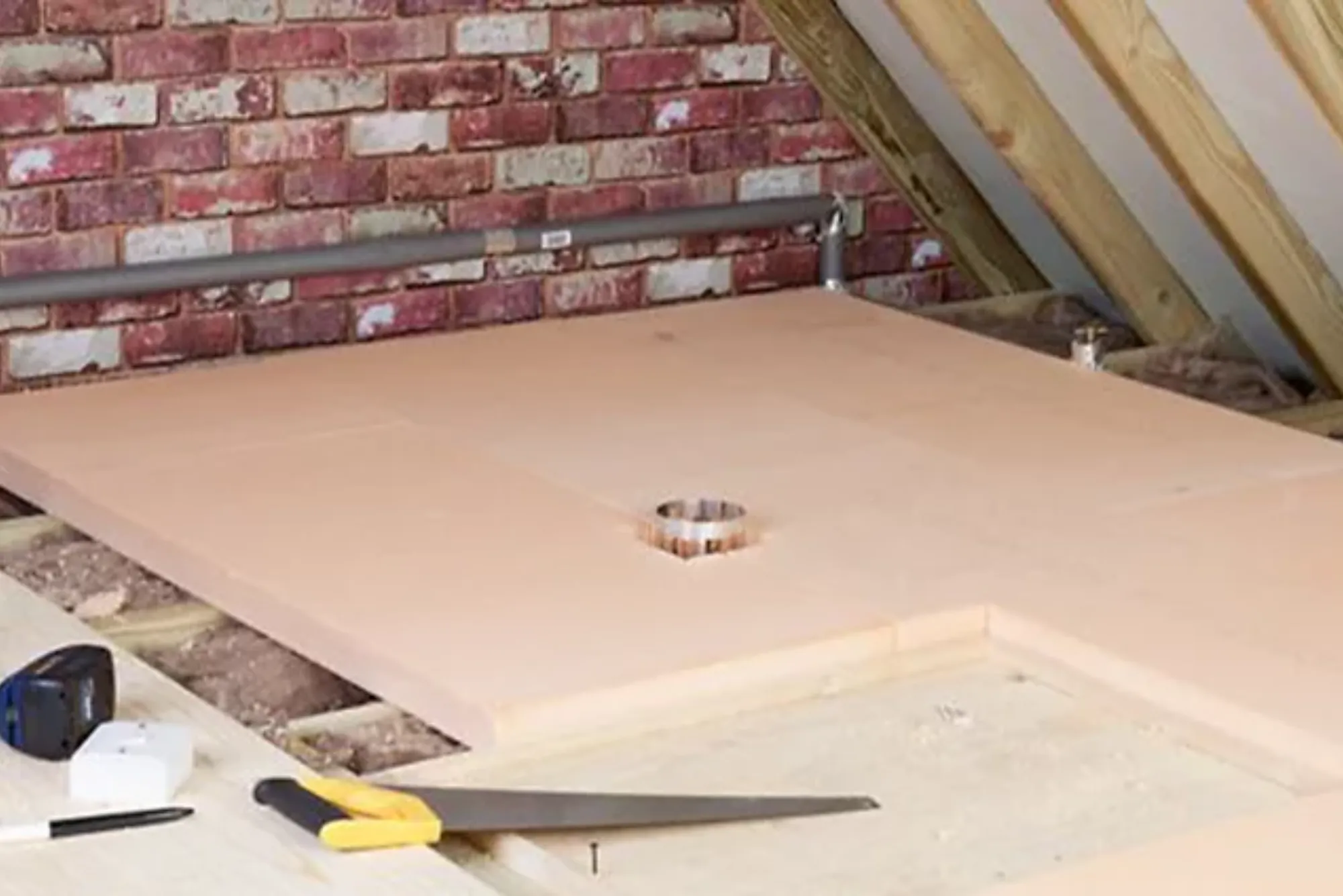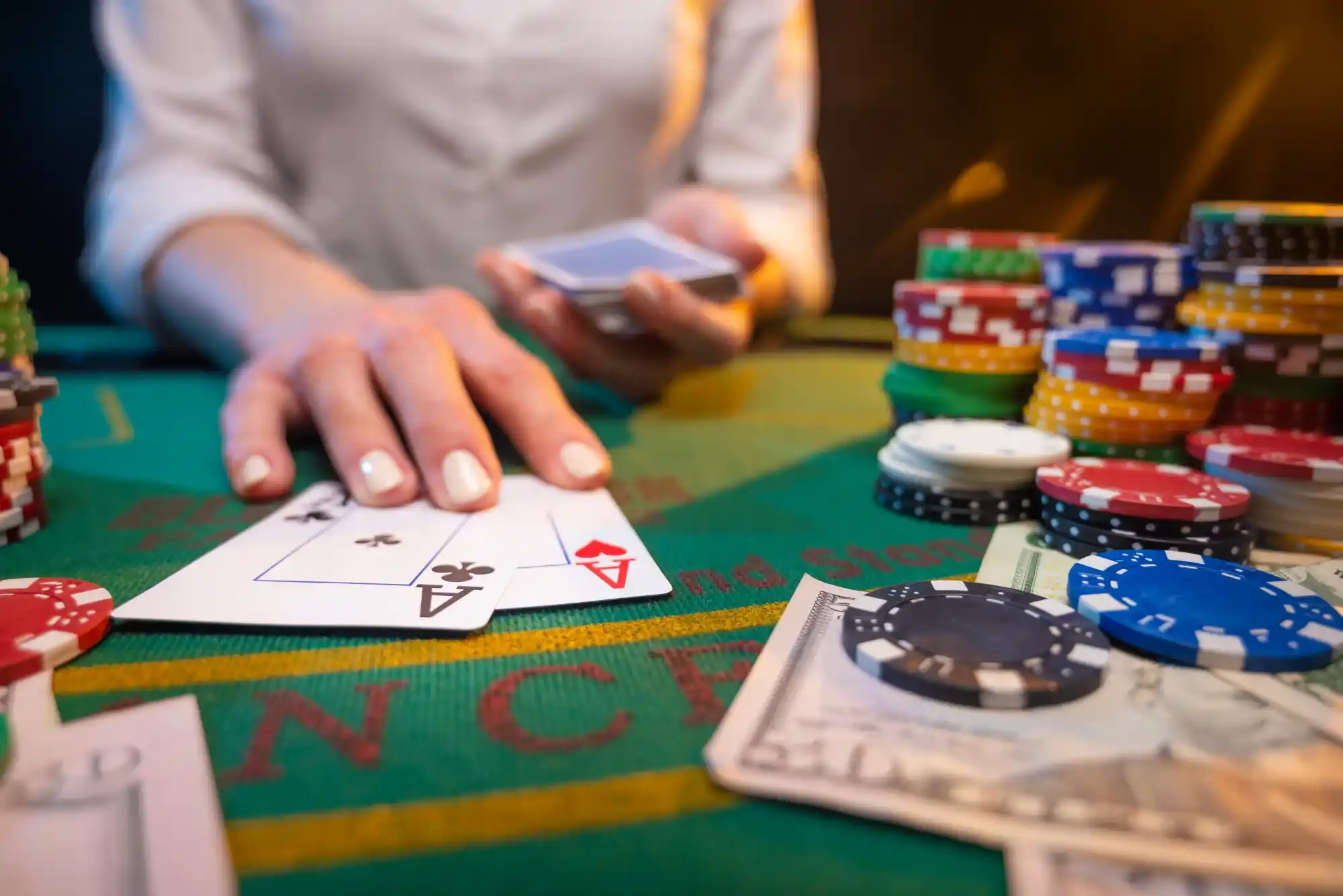Loft spaces, with their open, airy designs and unique architectural features, have become some of the most sought-after types of living spaces.
A key aspect of any loft’s appeal is its flooring, which often serves as the focal point in these modern, industrial settings.
Loft flooring can range from the warmth of hardwood to the sleekness of concrete or the affordability of laminate, and each type requires specific care to ensure it remains in excellent condition.
Proper flooring maintenance can not only enhance the aesthetic appeal of your space but also extend the lifespan of your floors, saving you money in the long run.
In this comprehensive guide, we will explore the best practices for maintaining your loft flooring, offering tips and insights for each type of material commonly found in lofts.
Understanding Your Loft Flooring Type
Before diving into specific maintenance techniques, it’s important to understand the type of flooring in your loft.
Each flooring material comes with its own set of characteristics and requires different care methods to maintain its beauty and durability.
Hardwood Flooring
Hardwood floors are a classic choice for loft spaces, known for their natural beauty and timeless appeal. They are durable, but they require attention to keep them looking their best.
Hardwood flooring is particularly sensitive to moisture and changes in temperature, so maintaining a stable indoor climate is essential. Over time, wood can become scratched, scuffed, or worn down from regular use, especially in high-traffic areas.
Concrete Flooring
Concrete is another popular choice in lofts, especially for those seeking an industrial look. Concrete floors are incredibly durable and can last for decades with the right care.
However, they are porous, which means they are susceptible to staining and cracking if not properly sealed and maintained. Concrete floors also require periodic polishing to retain their shine and keep them looking fresh.
Laminate and Vinyl Flooring
For those who prefer a more budget-friendly option, laminate and vinyl flooring are excellent choices. Laminate and vinyl floors can mimic the appearance of hardwood or stone at a fraction of the cost, and they are generally easier to maintain.
However, they are more prone to scratches, dents, and moisture damage than hardwood or concrete, so extra caution is required.
General Maintenance Tips for Loft Flooring
Regardless of the material, there are several general maintenance tips that apply to all types of flooring. Keeping up with these basic tasks can prevent unnecessary damage and prolong the life of your loft floors.
Regular Cleaning
The most important aspect of flooring maintenance is regular cleaning. Dirt and debris, if left unchecked, can scratch or damage the surface of your floors.
For hardwood and laminate floors, use a soft-bristle broom or a vacuum cleaner with a soft head to prevent abrasions. For concrete floors, a broom or a microfiber mop works best.
Wipe Up Spills Quickly
Spills are inevitable, but they don’t have to be damaging. When spills occur, clean them up as quickly as possible. Hardwood floors are particularly vulnerable to water damage, so using a dry or slightly damp cloth is ideal.
For laminate floors, be sure to dry any moisture promptly to prevent warping. Concrete floors can handle more moisture, but you should still clean up spills right away to avoid stains.
Preventive Measures
One of the best ways to keep your floors looking great is by preventing damage in the first place. Consider placing area rugs in high-traffic areas to reduce wear.
Furniture pads under heavy furniture can also prevent scratches and scuffs. Additionally, placing mats at entryways can help trap dirt and moisture before it reaches your floors.
Specific Care Tips Based on Flooring Type
Different materials require unique care strategies to ensure they stay in great shape. Let’s take a deeper look at how to properly care for each flooring type commonly found in loft spaces.
Hardwood Flooring Care
Hardwood floors require regular sweeping or vacuuming to remove dirt and debris. These particles can act like sandpaper, causing small scratches and scuffs over time.
After sweeping or vacuuming, use a damp mop and a wood-friendly, pH-neutral cleaner to clean the floor. Avoid using excessive water, as it can seep into the wood and cause swelling or warping.
For deeper cleaning, consider using a wood polish or wax every few months to restore the floor’s luster and add an extra layer of protection against dirt and spills.
In addition to regular cleaning, it’s essential to control the humidity levels in your loft. Excess moisture or dryness can cause hardwood floors to expand or contract, leading to cracks and warping.
Using a humidifier or dehumidifier as needed can help maintain the stability of your floors.
Concrete Flooring Care
Concrete floors in lofts often feature a polished or matte finish, and these floors need periodic sealing to protect against stains and cracks.
Sealing concrete floors is especially important in areas that are prone to spills, such as kitchens or bathrooms.
A high-quality concrete sealer will help prevent moisture from penetrating the surface and will protect the floor from stains.
Cleaning concrete floors involves sweeping or vacuuming to remove dirt, followed by mopping with a mild, non-abrasive cleaner.
For stubborn stains, you can use a poultice or a specific concrete cleaner. To maintain the floor’s shine, you may want to apply a concrete floor polish every year or so.
Laminate and Vinyl Flooring Care
Laminate and vinyl floors require a more gentle touch compared to hardwood or concrete. To clean laminate and vinyl floors, use a vacuum with a soft brush attachment or a microfiber mop to avoid scratching the surface.
When mopping, avoid using excess water, as moisture can cause laminate to swell or warp. Use a cleaner that is specifically formulated for laminate or vinyl flooring, as these solutions are gentle and will not harm the surface.
While laminate floors can handle some moisture, excessive water or spills left to sit for too long can cause long-term damage.
Therefore, be vigilant about cleaning up water quickly to prevent it from soaking into the seams of laminate flooring.
Preventative Measures to Extend Flooring Life
In addition to routine cleaning, there are several preventative measures you can take to prolong the life of your loft floors.
Loft Boarding is an essential practice for homeowners looking to maximize their loft space for storage or living purposes.
By installing loft boards, you create a stable, level surface that makes it easier to store items without damaging the ceiling or insulation below.
Loft boarding also helps maintain the integrity of your loft insulation by preventing compression, which can reduce its effectiveness.
It’s important to ensure proper installation, using the right materials and securing the boards correctly to avoid compromising the structure of the loft.
With the right loft boarding, you can efficiently use your loft for storage while preserving the functionality and safety of the space.

Loft flooring plays a crucial role in defining the aesthetic and functionality of a loft space, blending style with practicality.
Whether you choose hardwood, concrete, or laminate, loft flooring needs to be durable, easy to maintain, and visually appealing.
The right type of flooring can enhance the open, airy feel of a loft while also standing up to the wear and tear of daily use.
With the proper care and maintenance, loft flooring can remain in excellent condition for years, providing a solid foundation for your living or working space.
Regular cleaning, preventative measures, and occasional professional treatments can help preserve its beauty and extend its lifespan.
Area Rugs and Mats
Placing area rugs or mats in high-traffic areas, particularly near entrances, can reduce the amount of dirt and debris that makes contact with your floors.
These rugs also help cushion the impact on floors from heavy furniture or dropped items, reducing the likelihood of scratches or dents.
Furniture Pads and Casters
Heavy furniture can leave permanent marks or scratches on your floors. To prevent this, use felt furniture pads or casters under chairs, tables, and couches.
These pads create a buffer between the floor and the furniture, minimizing friction and preventing scuff marks.
Regular Inspections
Inspect your floors regularly for signs of damage. For hardwood floors, look for cracks, deep scratches, or areas where the finish is wearing thin.
For laminate and vinyl floors, check for seams that are lifting or areas where moisture may have caused damage. For concrete, keep an eye out for cracks or stains that may need immediate attention.
Early detection of damage allows you to take action before the issue worsens.
How to Handle Common Loft Flooring Issues
Even with the best care, flooring issues can arise. Here’s how to handle some of the most common problems you may encounter with loft floors.
Scratches and Scuffs
For hardwood floors, light scratches can often be buffed out with a wood touch-up kit or by gently sanding the affected area.
Deeper scratches may require professional refinishing to restore the floor’s original appearance. For laminate and vinyl, you can use a repair kit to fill in scratches or replace the affected tile or plank.
Concrete floors with surface scratches can be resurfaced or polished to remove imperfections.
Stains and Spills
For stains, the best approach is always prevention. However, if spills do happen, act quickly. For hardwood, use a wood cleaner that is safe for your floor’s finish.
For concrete, you can often remove stains with a poultice or specific stain remover. Laminate and vinyl can be cleaned with mild detergent and a soft cloth. Always avoid harsh chemicals that could damage the finish.
Water Damage
Water damage is a significant concern, particularly for hardwood and laminate floors. If water is left standing, it can warp the material, causing permanent damage.
The first step is to remove any standing water as quickly as possible. For hardwood, use a dehumidifier or fan to dry out the affected area.
If necessary, contact a professional to repair any warping or buckling. In cases of severe water damage, it may be necessary to replace sections of the floor.
Eco-Friendly Maintenance Alternatives
Maintaining your loft floors in an eco-friendly way is a great option if you’re looking to reduce your environmental footprint.
Use green cleaning products that are free of harsh chemicals and safe for your floors. These cleaners are typically made from natural ingredients and can be just as effective as traditional products.
Many eco-friendly polishes and sealants for concrete and hardwood floors are available, offering protection without the environmental impact.
Professional Maintenance Services
For more extensive care, consider hiring professional services to clean, seal, or repair your floors. While this might require an initial investment, professionals can handle deep cleaning, refinishing, and sealing that may be difficult to do yourself.
Professional maintenance can also help address issues like stubborn stains, water damage, or heavy wear, giving your floors a like-new appearance.
Maintaining loft flooring is an essential task to ensure the longevity and beauty of your living space.
By following the right cleaning techniques, using appropriate products for your specific flooring material, and taking preventative measures, you can keep your floors looking pristine for years.




